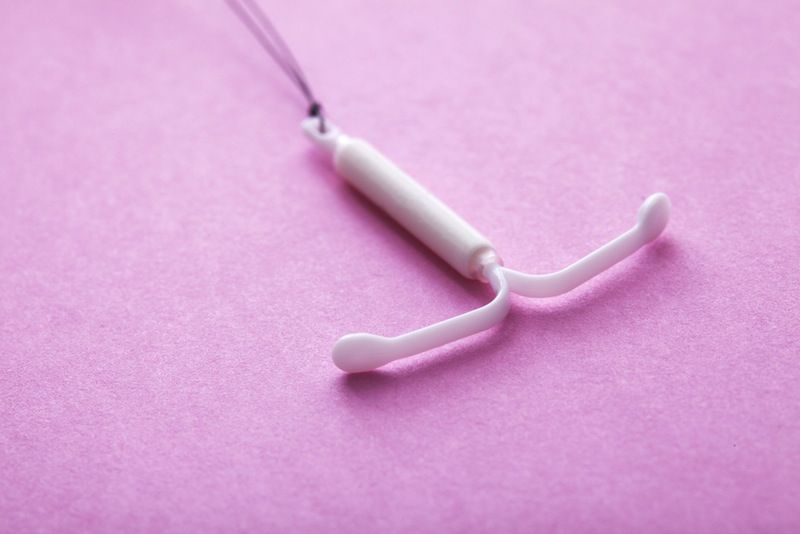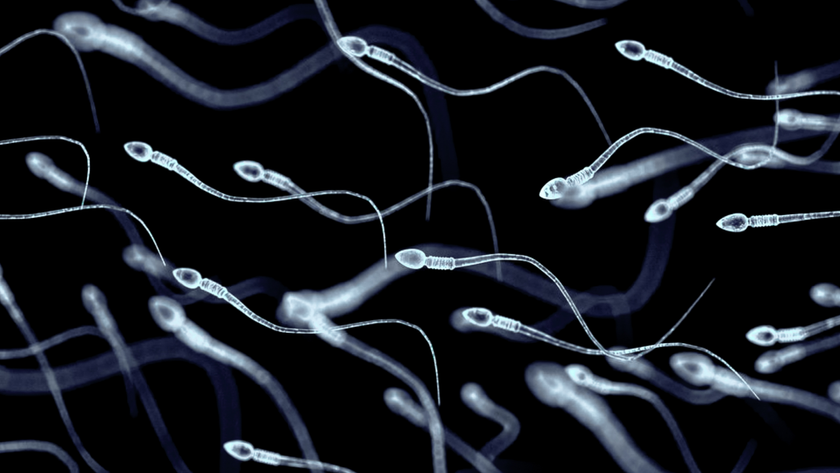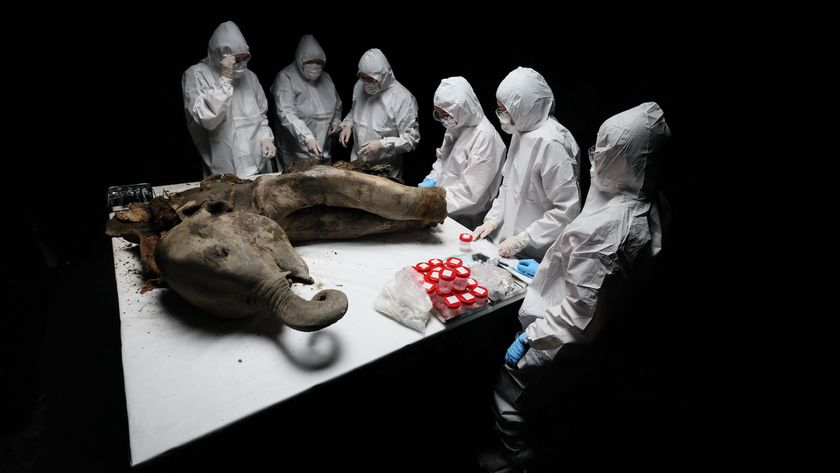US Women's Use of Long-Term Birth Control Increases

The percentage of U.S. women who are using long-term methods of birth control — such as devices implanted in the uterus or under the skin — has nearly doubled in recent years, according to a new report.
The report found that 7.2 percent of U.S. women ages 15 to 44 reported using long-acting reversible contraception (LARC), such as intrauterine devices (IUDs), in the month they were asked the question during 2011 to 2013. That's up from 3.8 percent who said the same in the period from 2006 to 2010, said Kimberly Daniels, a co-author of the report and a researcher at the Centers for Disease Control and Prevention's National Center for Health Statistics.
The use of LARC was more common among women ages 25 to 34 — about 11 percent of women in this age group used LARC, compared with about 5 percent of women who were either younger or older. [Birth Control Quiz: Test Your Contraception Knowledge]
Overall, 62 percent of U.S. women ages 15 to 44 reported using some type of contraception in the month when they were interviewed during the 2011 to 2013 period. The most common methods were the pill (16 percent), female sterilization (15.5 percent) and male condoms (9.4 percent), the report found.
Younger women were more likely to be on the pill: Close to 25 percent of women ages 15 to 24 reported using the pill, compared with 16.9 percent of women ages 25 to 34 and 8.7 percent of women ages 35 to 44.
About 38 percent of women were not using contraception — in some cases because they were not sexually active or because they were seeking to become pregnant.
The report is published this week by the National Center for Health Statistics.
Sign up for the Live Science daily newsletter now
Get the world’s most fascinating discoveries delivered straight to your inbox.
Follow Rachael Rettner @RachaelRettner. Follow Live Science @livescience, Facebook & Google+. Original article on Live Science.

Rachael is a Live Science contributor, and was a former channel editor and senior writer for Live Science between 2010 and 2022. She has a master's degree in journalism from New York University's Science, Health and Environmental Reporting Program. She also holds a B.S. in molecular biology and an M.S. in biology from the University of California, San Diego. Her work has appeared in Scienceline, The Washington Post and Scientific American.

Man gets sperm-making stem cell transplant in first-of-its-kind procedure

'Love hormone' oxytocin can pause pregnancy, animal study finds









